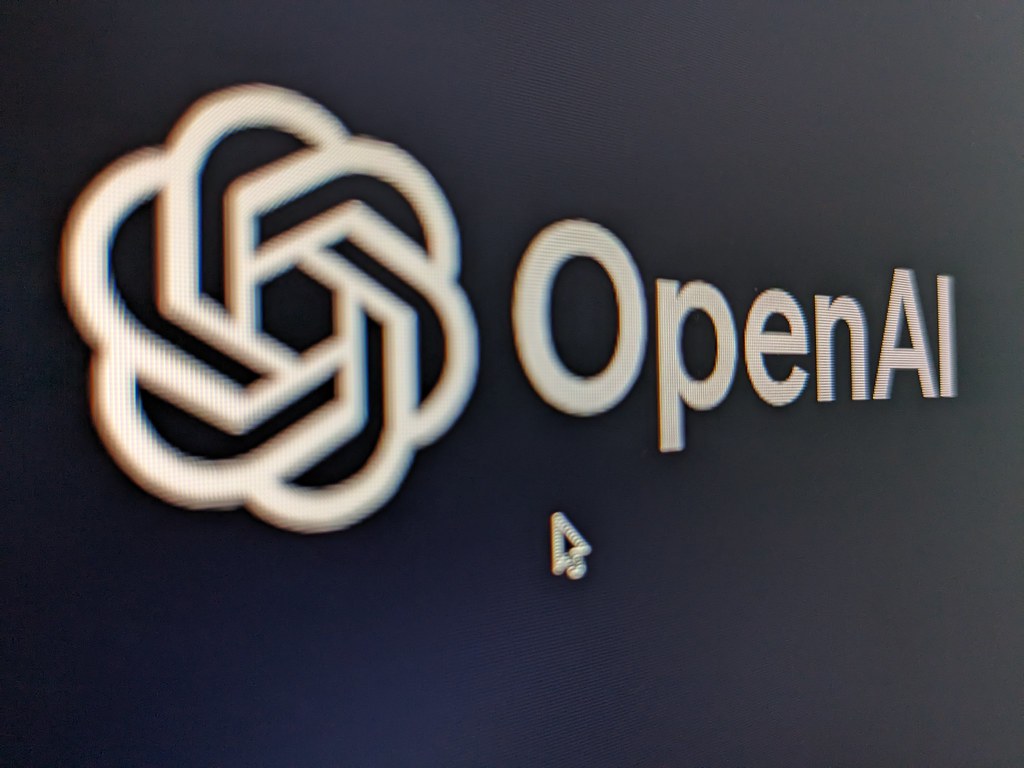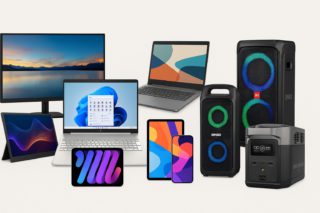Tired of AI models that talk more than your chatty coworker after three espressos? OpenAI just dropped GPT-4.1 into ChatGPT, and its biggest flex isn’t just better coding skills—it’s that it finally knows when to shut up. The company claims GPT-4.1 cuts verbosity by 50%, which is like getting twice the answers in half the time.
If you’re paying for ChatGPT Plus, Pro, or Team subscriptions, you can start using GPT-4.1 right now by hitting that “more models” dropdown. Free users aren’t left completely in the cold—you’re automatically getting upgraded to GPT-4.1 mini, which replaces GPT-4o mini as your default AI buddy.
For developers, this update hits different. GPT-4.1 scored a 54.6% on the SWE-bench Verified coding benchmark, leapfrogging its predecessor by 21 points. That’s not just incremental progress—it’s the difference between an AI that can help debug your code and one that can practically write the whole function while you grab coffee. In real-world testing, it’s handling complex GitHub issues that previously required human intervention, like automatically fixing compatibility bugs between libraries.
The competitive landscape just got more intense. Google’s Gemini 1.5 Pro, with its million-token context window, previously had the edge for processing entire codebases at once. Now GPT-4.1 matches that capacity in the API version while outperforming it on actual coding tasks. Meanwhile, Anthropic’s Claude 3.5 Opus still edges out GPT-4.1 on reasoning tasks but falls behind on pure coding benchmarks. The AI arms race is starting to resemble smartphone wars, but with more decimal points.
Caught in lengthy AI conversations that feel like explaining technology to your grandparents? GPT-4.1 shows a 10.5% improvement in following your actual instructions instead of rambling about tangentially related topics. Your prompts get respected more than ignored—a novel concept in the AI world.
The context window situation remains more complicated than subscription streaming services. Free users still get the basic 8,000 tokens, Plus subscribers get 32,000, and Pro users get 128,000. The API version supposedly handles up to a million tokens, but ChatGPT users can’t access that superpower yet. OpenAI dangles it as a “coming soon” feature, which in tech terms could mean next week or never.
Safety reporting around this launch has raised some eyebrows. Despite impressive performance metrics, OpenAI skipped releasing a full safety report, claiming GPT-4.1 isn’t a “frontier model.” This has sparked debate among AI researchersand former OpenAI employees about transparency standards. It’s like selling a car with “trust me” instead of crash test ratings.
If you’re keeping track of your AI budget, GPT-4.1 costs $2.00 per million input tokens and $8.00 per million output tokens for API users. Its mini sibling is the bargain option at just $0.40 per million input tokens and $1.60 per million output tokens—83% cheaper than what came before. That pricing reflects OpenAI’s aim to make these tools more accessible while still charging premium rates for the flagship experience.
So who should make the switch? If you’re writing code or building AI-powered applications, GPT-4.1 is worth the upgrade immediately—the coding improvements alone justify the cost. Content creators will appreciate the reduced verbosity and better instruction-following. Casual users might not notice dramatic differences beyond slightly more accurate responses and faster performance on the mini version.
For everyday ChatGPT users, the experience improvement is noticeable but not revolutionary. It’s like upgrading from a good smartphone to a slightly better one—the basics remain familiar, but everything runs a bit smoother. Your AI now understands context better, handles complex instructions more reliably, and doesn’t talk your ear off with unnecessary explanations.
OpenAI’s rapid-fire model releases (GPT-4o, GPT-4.5, and now GPT-4.1 all within months) suggest an aggressive push to maintain leadership in a crowded AI field. The naming convention feels increasingly random—like version numbers drawn from a hat rather than meaningful indicators of capability.
OpenAI’s rapid-fire model releases (GPT-4o, GPT-4.5, and now GPT-4.1 all within months) suggest an aggressive push to maintain leadership in a crowded AI field—ChatGPT already hits 400 million weekly, and with each new version, those numbers may climb even higher.
If you’re building tools with these models, the practical improvements in instruction-following and coding accuracyare worth the upgrade. If you’re just using ChatGPT to draft emails or answer trivia questions, you’ll notice some quality bumps but nothing that fundamentally changes your relationship with AI. Either way, the message is clear: OpenAI is moving fast and breaking things—including their own naming conventions.





























